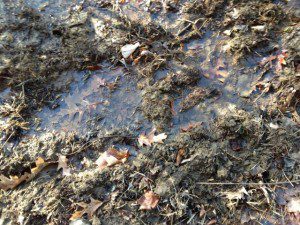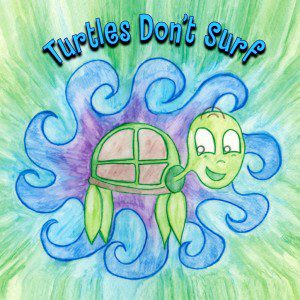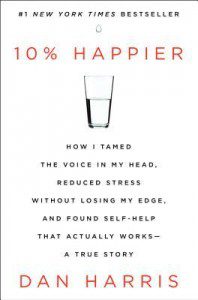 Below is a repost of a post on mud season from last year. It’s that time of year again, except that it has come much later this year, several weeks later, almost a month.
Below is a repost of a post on mud season from last year. It’s that time of year again, except that it has come much later this year, several weeks later, almost a month.
Mud season has arrived early in mid-march. Warm days and sunshine are melting the snowpack and the ground is thawing, partially in places and yielding to soft pools of mud in many spots. A sign at the nature preserve near my house has a sign encouraging hikers to walk through the mud and not around the puddles. To do so will help the ground to heal and will not prolong the proliferation of mud by extending the vulnerability of the trails by foot traffic.
In our emotional life we might heed the same advise. To heal we need to walk through the mud and not seek to go around it. The classic wisdom urges: the way beyond is through. When we avoid our difficult situations we prolong the muck. Healing happens through courageous exposure to the painful situations of our life. There is an old Buddhist saying: “Hot Buddha sweats; cold Buddha shivers.” To this we can end “Buddha walking in mud season gets wet and muddy feet!” That’s the reality of walking through the mud, our feet get wet and mud gets between our toes. That is what is so.
But we might add something to this — a resistance to this simple moist and cool reality. We don’t “want” to get our feet wet and we are willing to walk around the puddles to avoid this. In the process of doing so we damage the trail, prolong its “healing.” And what is this wanting all about? What’s wrong with wet feet? What’s the big issue with muddy toes? We typically don’t reflect on these questions and go directly to a conditioned response of aversion. And this aversion can lead to avoidance. And this avoidance can lead to an inability to heal from the situations that confront us, if we take the metaphorical suggestion of the trail to its logical conclusion. Behavioral psychology has shown us that avoidance prolongs fear conditioning.
Our natural tendency is to avoid situations that make us anxious. The avoids relieves that sense of anxiety and thereby becomes a potent reinforcement (negative reinforcement in this case). Therefore, the next time anxiety arises we are more likely to avoid it again, engaging the behavior that has been reinforced. This avoidance can become a habit, even a way of life. So the best counsel is to take a straight line path through the mud.
Notice how the mud feels, its coolness, its dampness, its texture, and so forth. If we are open to noticing in this way we might even remember the pleasure of playing in the mud as a child, long before we insisted on things being just so. There was a freedom we once had and have now lost when we impose so many conditions on the conditions we confront. To realize our Buddha nature we just need to feel the mud between our toes. If we can do so with interest and a smile we are well on our way to recapturing that lost freedom

